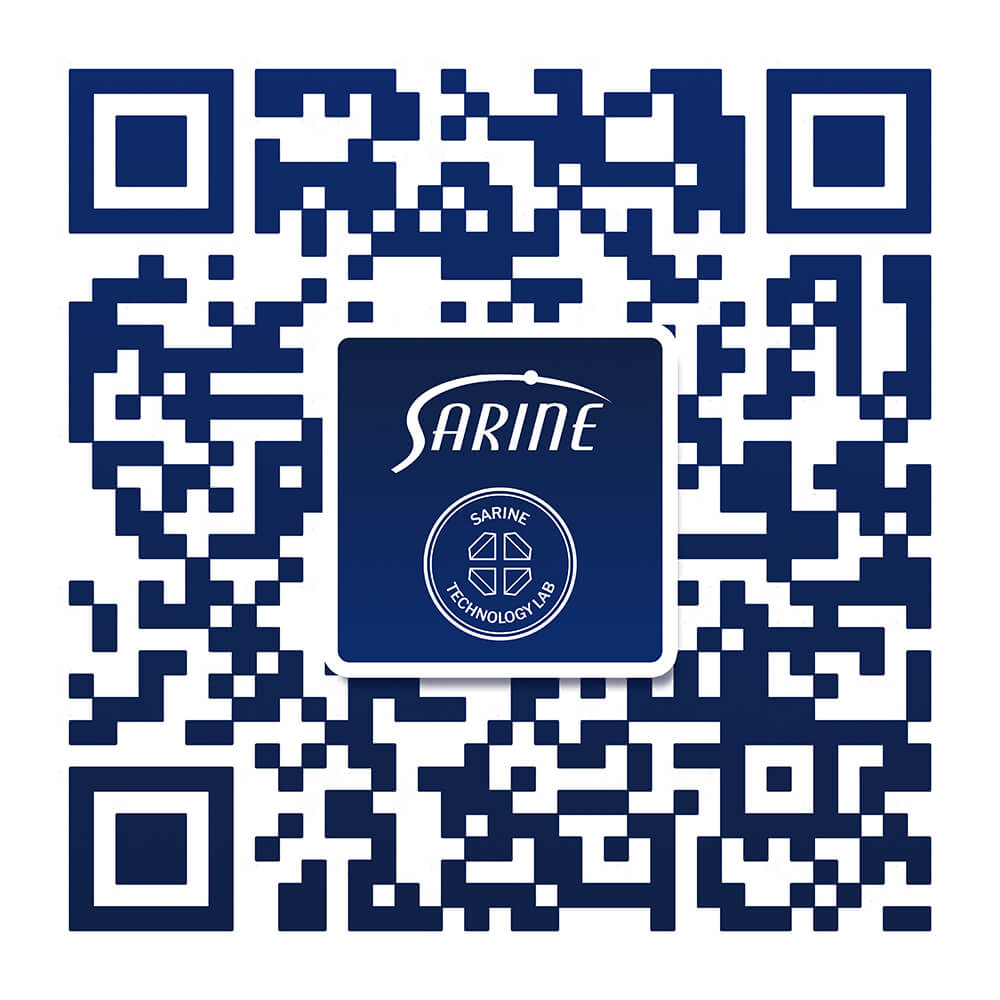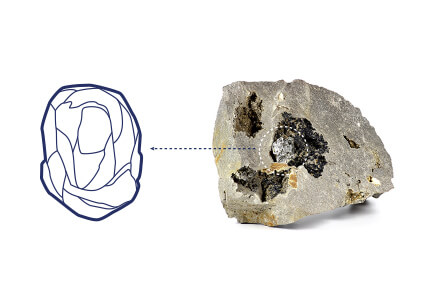

Diamonds hold an endless source of fascination. But how are diamonds formed? What journey do they take from mine to store? What are the factors that influence their value? And what is the difference between natural and synthetic stones? This Diamond Guide is your one-stop source of diamond knowledge. Enjoy your journey of discovery!

In the world of gemstones, diamonds are among the most precious. But what makes one diamond more valuable than another? A diamond’s value is based mainly on its rarity in relation to other diamonds. The rarer the qualities of a diamond, the more value it holds. A diamond’s rarity is classified according to the 4Cs grading system, developed in the 1950s. This scale grades the diamond’s Clarity, Color, Cut, and Carat weight. Since grading by the human eye can lead to inconsistencies and unintended bias, Sarine has pioneered automated 4Cs grading to ensure a more precise and consistent way to objectively determine a diamond’s true value.

A diamond’s light performance is a measure of its interaction with light. Light performance is the most accurate and comprehensive way to determine a diamond’s visual appeal, and also its uniqueness – as no two diamonds have the same light return. Not only a descriptor of its beauty, did you know diamonds with high light performance grade can command a higher retail price? We talk about a diamond’s light performance using terms such as fire, sparkle, scintillation, and symmetry. Find out more here.

What is a rough diamond and how does it affect the diamond’s character and value? Rough diamonds are mined diamonds in their natural state, before undergoing sawing, cutting, or polishing. All rough diamonds have ‘birthmarks’ that give the diamond its one-of-a-kind character and determine how it will be cut and polished. Learn more about inclusions and flaws.

A natural diamond undertakes a unique journey before reaching the consumer as a beautiful finished jewel. It’s a journey that began epochs ago deep within the earth’s surface. After it is mined, a diamond will travel around the world to be sawed, cut, polished, uniquely identified, graded and traded, to be ultimately crafted into beautiful jewelry to be sold in a store or online. At that point, it will begin a new journey through generations as the treasured possession of its owners. Learn more about how Sarine’s technologies touch these different stages in a diamond’s journey and how Sarine is bringing this journey to life for retailers and consumers.

Today there’s a lot of talk around synthetic diamonds. But what are they, how are they made, and in what ways do they differ from natural, mine-sourced diamonds? Synthetic (aka man-made, lab-grown, or cultured diamonds) are formed in highly controlled lab environments using the same basic raw material as natural diamonds – carbon. Synthetic diamonds are created through production methods such as high-pressure high-temperature (HPHT) or chemical vapor deposition crystal formation (CVD).